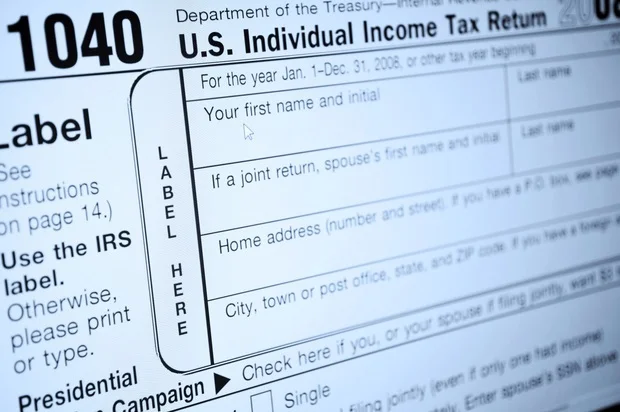Labor Strikes Unleash Wage-Price Spiral
Two years ago, I warned that the excess demand created by massive government spending and a shockingly irresponsible expansionary monetary policy would lead to high inflation. I warned that if the inflation problem was not confronted immediately and aggressively, a wage-price spiral would result. Today we are witnessing the beginning of that spiral.
The Federal Reserve kept interest rates near zero while the economy was expanding at a 6% annual rate in 2021. At the same time, the Federal Government continued to accumulate huge deficits. This led to high inflation. By mid-2022 annual inflation peaked at more than 9%. Finally, the Fed changed course and began to aggressively raise interest rates.
For the past year, the large interest rate hikes removed some of the excess demand. Unfortunately, the Federal Government continued to deficit spend which added to demand. While the Biden Administration is taking a victory lap for bringing the annual inflation rate down to 3%, inflation pressures are building.
This is happening for two reasons.
Energy prices fell nearly 30% from June 2022 to June 2023. That pulled the overall inflation rate down. But energy prices are now rising as oil-producing nations are reducing supply and as China’s economy slowly recovers from the COVID shutdown in late 2022 which increases worldwide demand.
Also, workers want larger wage increases to offset inflation. Workers reason that since overall prices have increased by about 16% since January 2021 and their wage increases have grown much less than that, larger wage increases are now due.
The workers are prepared to strike to get those higher wage increases. UPS was on the verge of striking for higher wages today. Actors and support staff in the entertainment industry are already striking for higher wages. Even the auto workers are talking about striking if their demands are not met.
Eventually, companies will be forced to give in to workers. That means their labor costs could rise by 5% to 7% annually. In order to maintain their profitability, they will be forced to pass the higher wage cost onto to consumers in the form of higher prices. That means inflation will increase.
If that happens workers will continue to demand even higher wage increases, leading to the wage-price spiral. This is a very difficult problem to solve.
The Fed will raise interest rates by 25 basis points this week. That still won’t be high enough to keep inflation down. That means they will raise rates again one or two times before the end of the year. As I said last June 2022, the Federal Funds Rates must reach at least 6% to stop inflation.
Of course, the danger is that raising rates this quickly will slow economic activity too much leading to a recession. Most economists forecast a recession starting sometime this year.
A recession, though, is not nearly as serious of a problem as the wage-price spiral. This coming recession will be milder than most because the unemployment rate will not rise nearly as much as it does during typical recessions. That’s because we are currently experiencing a labor shortage. Today there are nearly 10 million job openings while there are only 6 million unemployed people.
A wage-price spiral is a very serious problem. Once started it is difficult to end. Usually, a severe recession is necessary to break the wage-price spiral.
It is important that the Federal Reserve continues to be aggressive with interest rate increases. It is also important that labor strikes are resolved without large wage increases. Both of those may not happen.
The Fed is being pressured to slow or stop the rate increases. Companies’ profits have been increasing during the recovery mostly because they have been able to pass cost increases on to consumers. Workers see the higher profits and want “a piece of the action.”
If a wage-price spiral truly develops it will keep inflation above the Fed’s target. That means the Fed will raise interest rates higher. That would lead to a more severe recession.
Mistakes were made in the past couple of years. Let’s hope more mistakes are not made in the future.
Agree/Disagree with the author(s)? Let them know in the comments below and be heard by 10’s of thousands of CDN readers each day!




